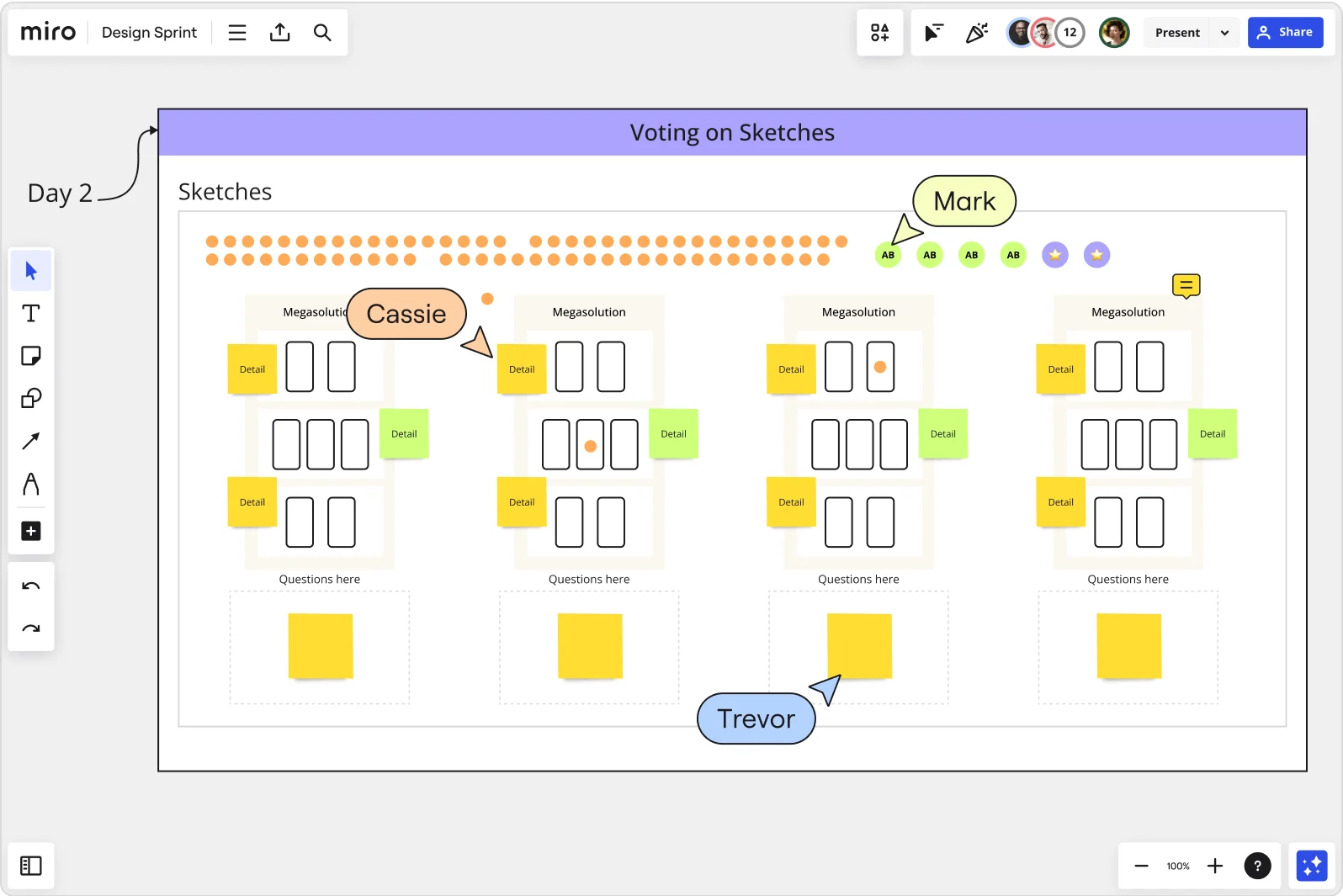In the dynamic world of design, managing a talented team requires a balance of creativity, communication, and strategy. Whether you’re overseeing graphic designers, UX/UI experts, or multi-disciplinary teams, effective management can unlock their potential and foster innovation. In this article, we explore how to manage a talented design team, offering actionable tips and practical examples to help you succeed.
Table of Contents
- Understand the Role of Each Team Member
- Foster a Collaborative Environment
- Set Clear Goals and Expectations
- Encourage Continuous Learning
- Utilize the Right Tools and Processes
- Provide Constructive Feedback
- Celebrate Achievements and Recognize Efforts
- Resolve Conflicts Proactively
- Conclusion
1. Understand the Role of Each Team Member
To effectively manage a design team, it’s crucial to understand the strengths, skills, and responsibilities of each member. A well-structured team might include:

- Graphic Designers: Specialists in creating visuals for branding and marketing.
- UX/UI Designers: Experts in enhancing user experiences through intuitive interfaces.
- Motion Designers: Professionals who craft engaging animations.
Practical Example:
When managing a rebranding project, assign specific tasks based on expertise. For instance, let graphic designers handle the logo redesign while UX/UI designers revamp the website layout.
2. Foster a Collaborative Environment
Creativity thrives in a collaborative setting. Encourage open communication, brainstorming sessions, and cross-functional teamwork. Use platforms like Slack or Microsoft Teams to keep everyone connected.
Actionable Tips:
- Hold weekly team meetings to discuss progress and ideas.
- Use digital whiteboards like Miro for collaborative brainstorming.
- Create a culture of psychological safety where everyone feels free to share ideas.

3. Set Clear Goals and Expectations
Clear objectives ensure that everyone is aligned. Break down projects into manageable milestones with defined timelines.
Example:
For a mobile app redesign, outline phases like research, wireframing, prototyping, and final design. Use project management tools like Trello or Asana to assign tasks and monitor progress.

4. Encourage Continuous Learning
Design trends and tools evolve rapidly. Providing opportunities for professional growth keeps your team motivated and ahead of the curve.
How to Implement:
- Sponsor online courses or certifications on platforms like Coursera or LinkedIn Learning.
- Host workshops on trending tools like Figma or Adobe XD.

5. Utilize the Right Tools and Processes
Equipping your team with the right tools is essential for productivity and quality. Streamline workflows with collaborative design platforms and file-sharing systems.
Recommended Tools:

- Figma: For collaborative design.
- InVision: For prototyping.
- Dropbox: For file sharing.
6. Provide Constructive Feedback
Feedback is vital for growth. Focus on constructive criticism that helps team members improve without stifling their creativities.

Best Practices:
- Use the “Start, Stop, Continue” method to structure feedback.
- Balance criticism with praise to maintain morale.
7. Celebrate Achievements and Recognize Efforts
Acknowledging your team’s hard work builds morale and loyalty. Celebrate milestones and achievements, big or small.
Ideas:
- Highlight exceptional work during team meetings.
- Offer rewards like gift cards or public recognition.

8. Resolve Conflicts Proactively
Conflicts are inevitable, especially in creative teams. Address them quickly and diplomatically to prevent disruptions.
Steps to Handle Conflicts:

- Listen to all parties involved.
- Identify the root cause of the disagreement.
- Facilitate a constructive discussion to find common ground.
9. Conclusion

Managing a talented design team is both challenging and rewarding. By fostering collaboration, setting clear goals, encouraging growths, and celebrating successes, you can unlock the full potentials of your team. Remember, great designs is a team efforts, and effective management is the key to making it happen.
“Leading a talented design team requires more than just technical skills—it’s about fostering an environment where creativity thrives. In this guide, we explore effective strategies for managing a team of skilled designers, from setting clear goals and providing constructive feedback to encouraging innovation and collaboration. Learn how to motivate your team, nurture their individual strengths, and create a culture that supports both personal and collective growth. With the right approach, you can unlock your team’s full creative potential and drive exceptional results for your projects.”
